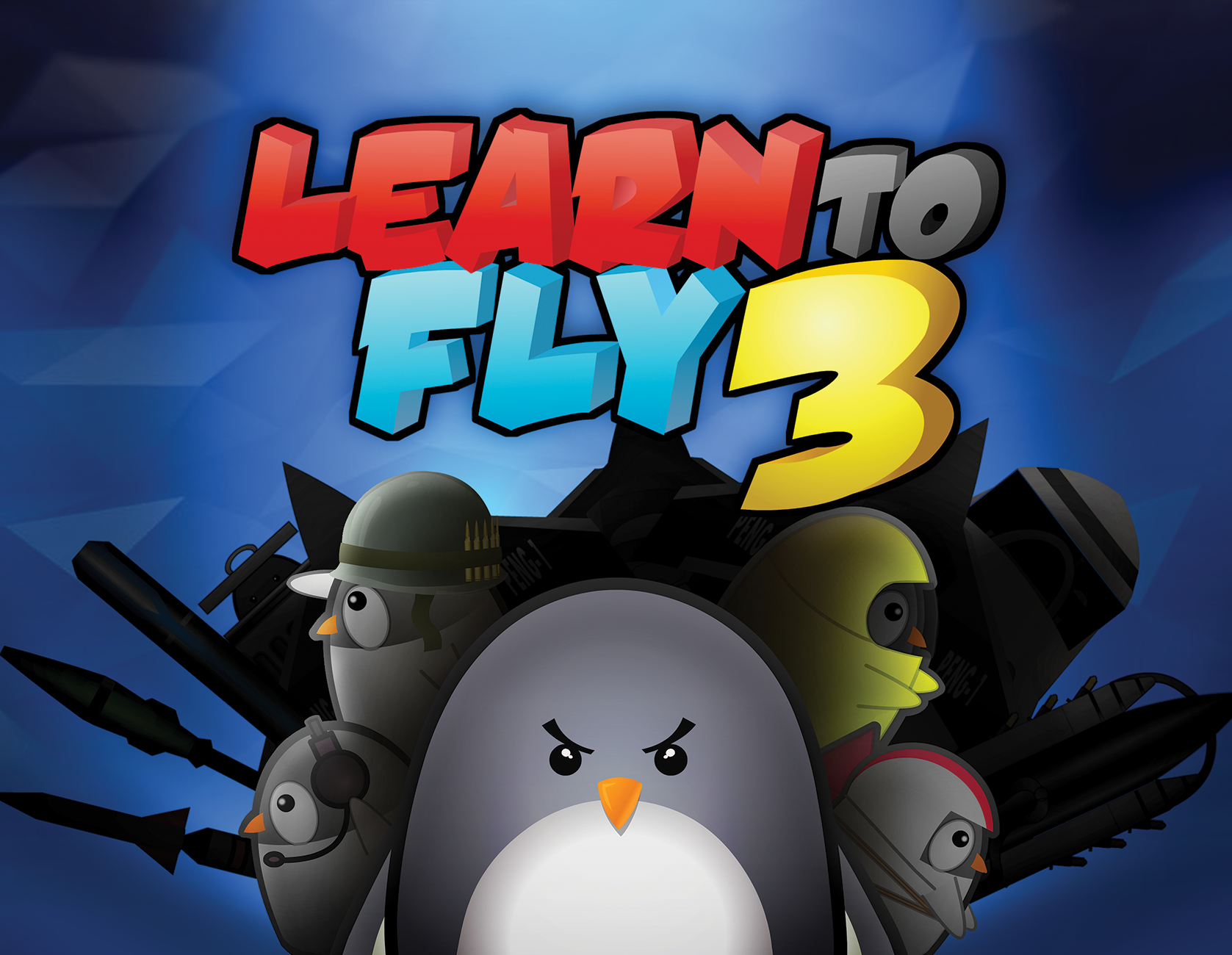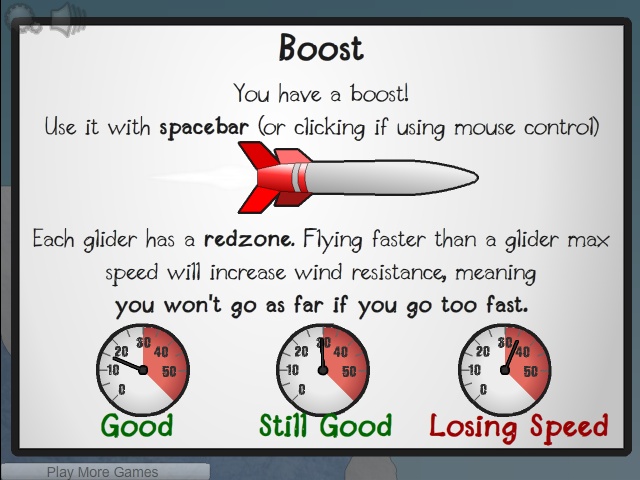

During that period, falconers brought a “hack,” an old English word for a type of wagon, to a hilltop and placed young falcons upon it when they still did not know how to fly yet. The term "hacking," however, was not coined until the Elizabethan era. įalconry has been a hunting sport since 2000 BC originating in ancient China and Egypt and since then the technique of hacking has been used and evolved. if one gets West Nile then the rest of them are prone to catch it. Illnesses spread easily when birds are being hacked together, e.g.There are limited places to have hacking sites because of weather conditions and large spaces in good conditions are scarce.Hacking is considered time consuming and unpredictable.According to the Wildlife and Countryside Act 1981, a law in the UK, one cannot disturb wildlife nests, which includes taking any eggs.The use of hacking helps preserve the population of any species of raptors.

The caretakers limit contact so that the falcons will not rely too much on human resources if they are released into the wild.Hack boxes protect the young from predators.They are given food even when they are becoming independent.The chicks are secured with safety and food.During hack, the falcons receive more stimuli because the site is set up to mentally condition them, especially since there are other falcons to play and interact with.It gives an enhanced experience for young to grow into strong and skilled hunters.If the purpose of the hack is to prepare the raptor to be in the wild then the reserve hopes that the falcons will come back in a few years to nest there. with a lure for sport, or released into the wild. Once the falcons are confident and independent they are either allowed to migrate into the wild, recaptured for falconry and trained further i.e. Males are more likely to hunt independently before females do. At this flying stage, the raptors learn how to self-hunt but are still fed and watched over. Hacking has an indefinite time period because it depends on the weather conditions and the personality of the bird. Afterwards, the young start to fly further away for a longer span. The time until the first flight is taken should take about 3 days after the hack box is open, which should be a distance around a few dozen feet. Just as they would in the wild, the young stay close to the safe area. At this point they can climb down from their box, flap their wings to get a feel for the wind and exercise their muscles. The box is open after they have been in there for about 5 to 10 days, which gives them the freedom to do what they want around the box. Until then, the birds are closely looked after and provided food without too much human contact. Eggs are either captive bred or taken from wild nests and the chicks are placed in the boxes a couple of weeks before they reach their fledge age of six weeks. The young raptors are put in a “hack box”, boxes that contain a nest inside that protect them from predators and are usually placed on a high site, e.g. These areas have to be similar to the natural surroundings of a wild nest.

Hacking sites are usually large tracts of land.

Hacking is beneficial, not only for the falconers, but for the bird itself and the species however, there are some criticism and restrictions that come along with this method. Generally, falconers agree that hacked falcons are better and more preferred in the field. This has also been adapted to other raptor species to preserve the population. The sequence of the procedure includes captivity, releasing, flight, and either the falcon will be recaptured for falconry or released into the wild. This technique is used to prepare the falcon to become an independent hunter. Hacking is a training method that helps young birds of prey reach their hunting potential by giving them exercise and experience. Training method that helps young birds of prey reach their hunting potential


 0 kommentar(er)
0 kommentar(er)
